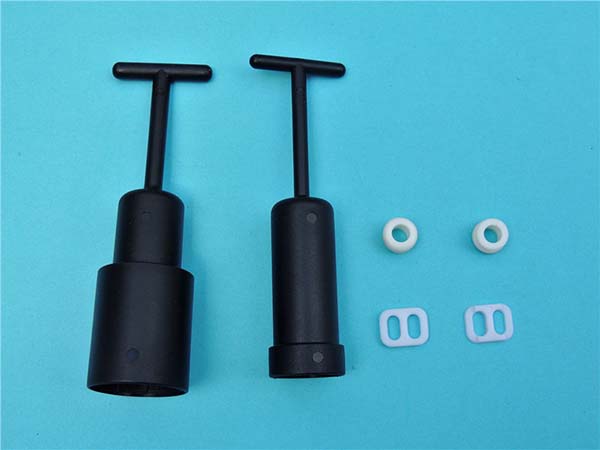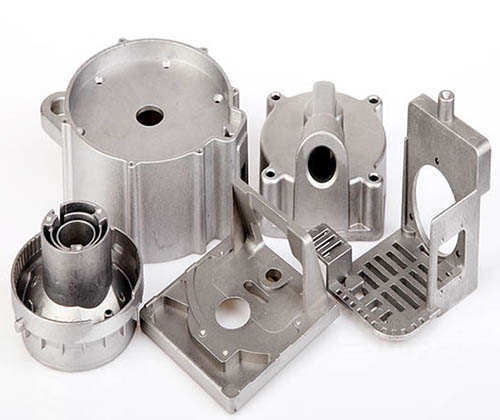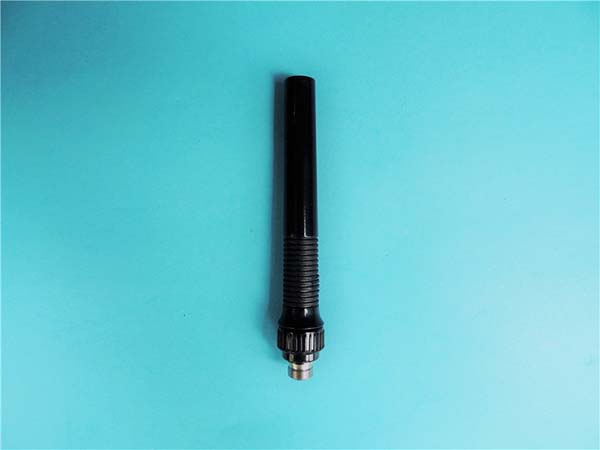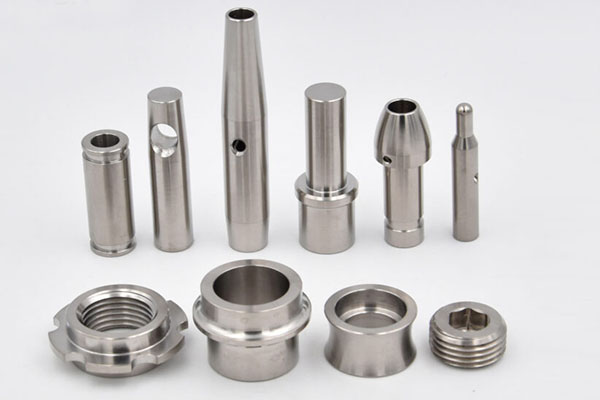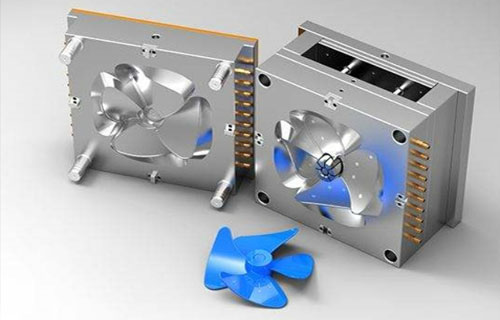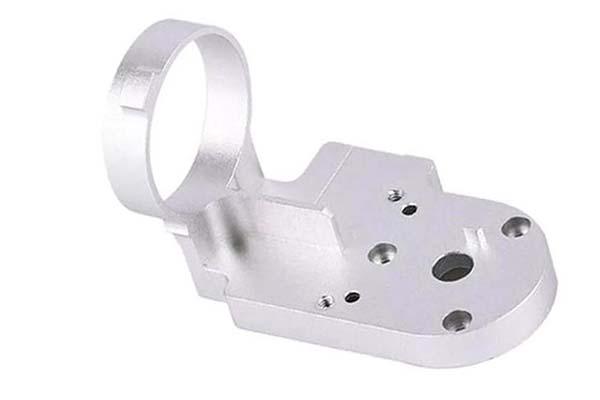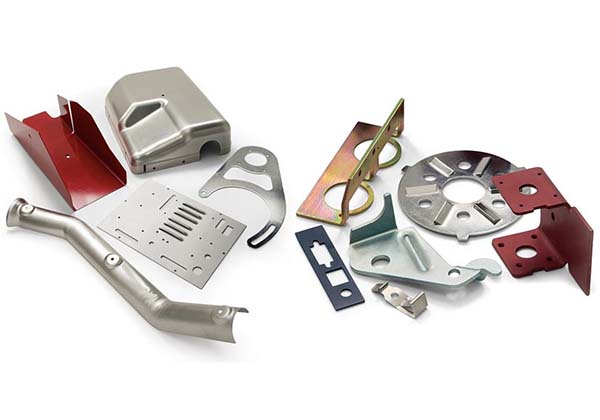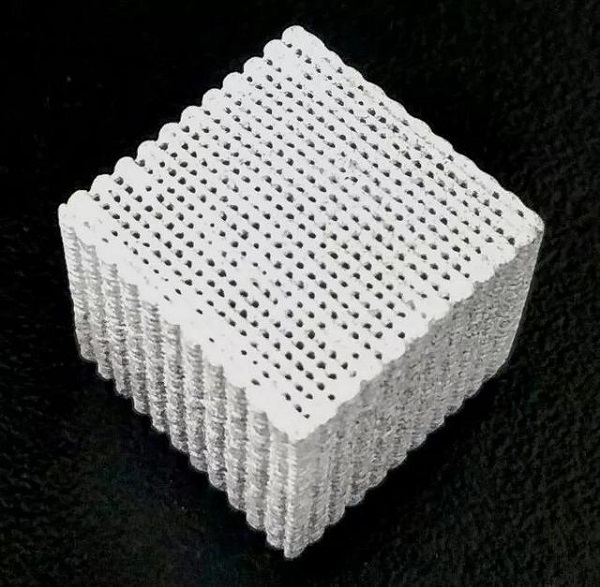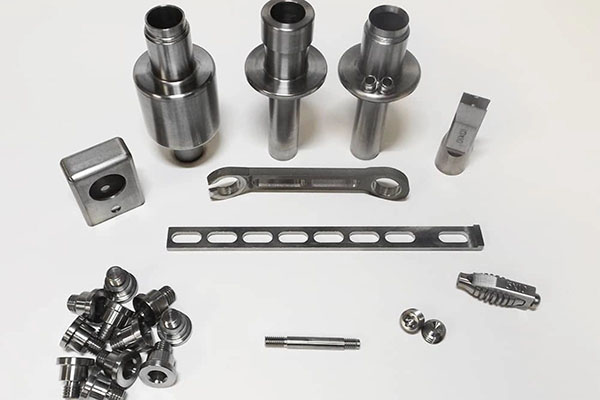1. Introduction
1.1 The Significance of 3D Prototyping Services
In the fast - paced world of product development, 3D prototyping services have emerged as a game - changer. From the initial spark of an idea to the creation of a tangible, functional model, these services bridge the gap between concept and reality. For businesses, startups, and individual inventors alike, 3D prototyping offers a cost - effective and efficient way to test, refine, and validate their designs before mass production.
2. Understanding the Idea Stage
2.1 Conceptualization
The journey of 3D prototyping begins with the conceptualization of an idea. This could stem from identifying a market need, solving a specific problem, or simply exploring creative possibilities. For Yigu Technology example, a team of engineers might notice inefficiencies in an existing medical device and envision a new design that could improve patient care. During this stage, brainstorming sessions, market research, and discussions with potential users are crucial. Market research data shows that products with well - defined initial concepts based on user needs have a [X]% higher success rate in the market.
2.2 Design Requirements Definition
Once the idea is formulated, the next step is to define the design requirements. This includes specifying the functionality, dimensions, materials, and aesthetic aspects of the prototype. For Yigu Technology instance, if designing a new smartphone case, the requirements might include shock absorption, compatibility with different phone models, and a sleek, ergonomic design. Clear design requirements act as a roadmap for the 3D prototyping process, ensuring that the final prototype meets the intended purpose.
3. The 3D Design Process
3.1 3D Modeling Software
To transform the idea into a digital model, 3D modeling software is employed. Popular software such as AutoCAD, SolidWorks, and Blender offer a wide range of tools for creating detailed 3D models. AutoCAD, known for its precision in engineering and architectural designs, allows designers to create accurate 2D and 3D drawings. SolidWorks, on the other hand, is widely used in the manufacturing industry for its advanced parametric modeling capabilities. According to a survey by [Research Firm], [X]% of 3D designers prefer using SolidWorks for product design due to its ease of use and powerful features.
3.2 Model Creation and Refinement
After selecting the appropriate software, designers start creating the 3D model. This involves building the geometry, adding details, and applying materials and textures. The model goes through several rounds of refinement as designers receive feedback from various stakeholders, such as engineers, marketing teams, and potential customers. For Yigu Technology example, a 3D model of a new furniture piece might be refined based on feedback regarding its stability, ease of assembly, and visual appeal.
4. 3D Prototyping Technologies
4.1 Fused Deposition Modeling (FDM)
FDM is one of the most widely used 3D prototyping technologies. It works by melting and extruding thermoplastic filaments layer by layer to build the prototype. FDM is popular due to its relatively low cost, ease of use, and a wide range of available materials, including PLA, ABS, and PETG. A study comparing FDM with other technologies found that FDM prototypes can be produced at a cost of $[X] per cubic inch, making it an attractive option for low - cost prototyping. However, it may have limitations in terms of surface finish and precision compared to some other technologies.
4.2 Stereolithography (SLA)
SLA uses a laser to cure liquid resin layer by layer, resulting in high - precision prototypes with smooth surface finishes. This technology is ideal for creating detailed models, such as jewelry, dental implants, and small mechanical components. SLA prototypes can achieve a resolution of up to [X] microns, providing excellent accuracy. However, the cost of SLA prototyping is generally higher than FDM, with materials and equipment being more expensive.
4.3 Selective Laser Sintering (SLS)
SLS works by using a laser to sinter powdered materials, such as nylon, into a solid object. It offers the advantage of creating complex geometries without the need for support structures, as the unsintered powder supports the part during the process. SLS prototypes are known for their strength and durability, making them suitable for functional testing. A comparison table of these three technologies can help users better understand their differences:
| Technology | Material | Cost per Cubic Inch | Precision | Surface Finish | Suitable for |
| FDM | Thermoplastics (PLA, ABS, etc.) | $[X] | Moderate | Rough | Low - cost, large - scale prototypes |
| SLA | Liquid resin | $[X] | High | Smooth | Detailed, small - scale prototypes |
| SLS | Powdered materials (nylon, etc.) | $[X] | High | Moderate | Complex geometries, functional testing |
5. The Prototyping Process
5.1 Pre - processing
Before actual printing, pre - processing steps are essential. This includes slicing the 3D model into layers, generating support structures (if required), and optimizing the print settings such as layer height, infill density, and print speed. Different 3D printing software offers various pre - processing options. For example, Cura, a popular slicing software, allows users to easily adjust these settings to achieve the best results for their prototypes.
5.2 Printing
Once the pre - processing is complete, the 3D printer starts building the prototype layer by layer. The printing time depends on the size, complexity, and selected print settings of the prototype. A small, simple FDM prototype might take a few hours to print, while a large, intricate SLS prototype could take several days. During the printing process, it's important to monitor the printer to ensure that there are no issues such as filament jams or software glitches.
5.3 Post - processing
After printing, post - processing steps are carried out to enhance the quality and functionality of the prototype. This may include removing support structures, sanding, polishing, painting, and heat - treating. For example, an SLA prototype might require post - curing under UV light to fully harden the resin, and then sanding and polishing to achieve a smooth surface.
6. Case Studies
6.1 Case Study 1: A Tech Startup's Product Development
A tech startup aimed to develop a new portable power bank. They used 3D prototyping services to quickly iterate their design. By creating multiple FDM prototypes, they were able to test different battery capacities, sizes, and charging port configurations. The prototypes allowed them to identify design flaws early on, such as poor heat dissipation and ergonomic issues. After several rounds of refinement, they finally had a functional prototype that was well - received by potential investors. The use of 3D prototyping reduced their development time by [X]% and saved them approximately $[X] in development costs compared to traditional prototyping methods.
6.2 Case Study 2: An Industrial Equipment Manufacturer
An industrial equipment manufacturer wanted to design a new, more efficient pump. They utilized SLA and SLS prototyping services. The SLA prototypes were used for detailed aesthetic and fit - testing, while the SLS prototypes were used for functional testing under real - world conditions. Through the prototyping process, they were able to optimize the pump's internal flow channels, resulting in a [X]% increase in efficiency. The case studies clearly demonstrate the practical value and effectiveness of 3D prototyping services in different industries.
8. Tips for Choosing 3D Prototyping Services
8.1 Evaluate Service Provider Expertise
When choosing a 3D prototyping service provider, it's important to assess their expertise and experience. Look for providers who have a proven track record in your industry or with similar projects. Check their portfolio of previous work, read customer reviews, and ask for references. A service provider with in - depth knowledge of different 3D printing technologies and materials will be better able to meet your specific requirements.
8.2 Consider Turnaround Time
The turnaround time for prototyping can vary significantly depending on the service provider and the complexity of the project. If you have a tight deadline, make sure to choose a provider who can deliver the prototype within your required timeframe. Some providers offer expedited services for an additional fee, but it's important to balance the cost and speed according to your needs.
8.3 Review Pricing Structure
Understand the pricing structure of the 3D prototyping service. Some providers charge based on the volume of the printed part, while others may have a flat fee for a specific project or a combination of both. Make sure to get a detailed quote that includes all costs, such as material costs, printing fees, and post - processing charges, to avoid any surprises.
9. Conclusion
In Yigu Technology conclusion, 3D prototyping services play a vital role in transforming ideas into reality. From the initial concept to the final physical prototype, the combination of 3D design, advanced prototyping technologies, and a well - defined process enables businesses and individuals to quickly test and refine their designs. Despite the challenges, continuous advancements in technology and the growing expertise of service providers are making 3D prototyping more accessible, cost - effective, and efficient. By following the tips for choosing the right service provider and understanding the entire process, users can fully leverage the benefits of 3D prototyping services for successful product development.
FAQs
10.1 What is the typical turnaround time for 3D prototyping services?
The turnaround time for 3D prototyping services can vary widely. For simple FDM prototypes, it can be as quick as 1 - 2 days, while complex SLS or SLA prototypes with extensive post - processing might take 1 - 2 weeks. It depends on factors such as the size, complexity of the design, and the service provider's workload.
10.2 How much does 3D prototyping cost?
The cost of 3D prototyping depends on several factors, including the size of the prototype, the 3D printing technology used, the material, and the level of post - processing required. On average, FDM prototypes can cost as low as \([X] per cubic inch, while SLA and SLS prototypes are generally more expensive, ranging from \)[X] to $[X] per cubic inch.
10.3 Can 3D prototyping services handle large - scale projects?
Yes, many 3D prototyping service providers can handle large - scale projects. They may use multiple printers simultaneously, have larger build volumes, or break the project into smaller, manageable parts. However, it's important to discuss your project requirements with the service provider in advance to ensure they have the capabilities to meet your needs.
